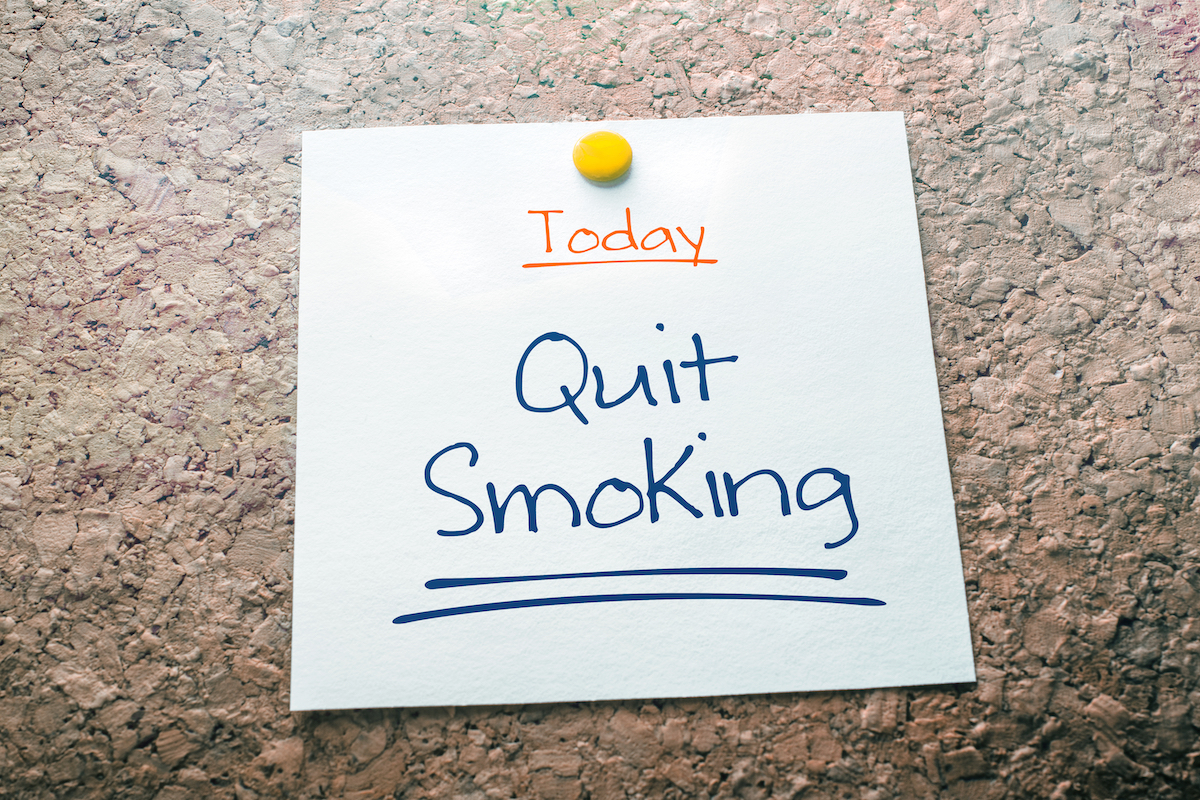The American Cancer Society (ACS) has long maintained that physical activity can work to prevent cancer, and inactivity can do the reverse. “The most important modifiable determinants of cancer risk are weight control, dietary choices, and levels of physical activity,” according to the ACS’ Nutrition and Physical Activity Guidelines published in 2012. A review of previous studies published by the Annals of Internal Medicine in 2015 linked sedentary behavior to higher cardiovascular and cancer mortality. The recent IJC study found that habitual exercising early in the day is more advantageous in preventing breast and prostate cancer than any other time, and it’s all to do with our sleep cycle. According to the study, both breast and prostate cancer have been linked with the disruption of our circadian rhythm. Doing anything to inhibit natural circadian rhythm can put you at an increased risk of developing these two cancers. A study published by Endocrine Reviews in 2016 fount that circadian rhythm can be disrupted in many ways—including working night shifts, increased light exposure at night, sleeping restrictions or sleep deprivation, having limited exposure to light during the daytime, and yes, mistimed physical activity. According to the IJC study, the optimal time to exercise to lower your risk of cancer is between 8 a.m. and 10 a.m. Those who routinely engaged in physical activity during this time period demonstrated evidence of a decreased risk of prostate and breast cancer. So if you want to improve your circadian rhythm and lower your chance of developing these two types of cancer, switch your daily workout to the morning shift. If you’re looking for more ways to lower your cancer risk, keep reading, and for more advice on staying healthy, learn The Warning Signs of Lymphoma You Need to Know. A notable study published by Nutrition Journal in 2004 reports that about 30 to 40 percent of all cancers can be prevented by lifestyle and dietary changes. The study suggests people avoid “nutrient sparse foods such as concentrated sugars and refined flour products that contribute to impaired glucose metabolism (which leads to diabetes),” and red meat. The researchers also attribute low fiber intake and an imbalance of omega three and omega six fats to increased cancer risk. To lower your risk of cancer, the researchers suggest increasing your flaxseed intake and eating an abundance of fruits and vegetables, especially allium (onions, garlic, leeks, shallots) and cruciferous vegetables (broccoli, cauliflower, Brussel sprouts, arugula). And for more useful information delivered straight to your inbox, sign up for our daily newsletter. Skin cancer is one of the most common—and preventable—kinds of cancer, according to the Mayo Clinic. To lower your risk of developing skin cancer, the Centers for Disease Control and Prevention (CDC) suggests avoiding midday sun, using sunscreen, covering exposed areas, and wearing a hat. And for more information on skin cancer, check out these Skin Cancer Facts Doctors Wish You Knew About. Getting vaccinated against viral infections such as hepatitis B and the human papillomavirus (HPV) can help lower your risk of getting cancer. Hepatitis B can increase the risk of developing liver cancer, and HPV “can lead to cervical and other genital cancers as well as squamous cell cancers of the head and neck,” according to the Mayo Clinic. And for a look at some of the most famous survivors, here are Celebrities Who Battled Cancer and Won.ae0fcc31ae342fd3a1346ebb1f342fcb The Prevent Cancer Foundation reports that in the U.S., smoking cigarettes is linked to about 90 percent of lung cancers. However, if you’re a smoker, it’s not too late to lower your risk of developing lung cancer. Those who quit smoking can significantly reduce their risk. And to make sure your lungs stay healthy, learn these Warning Signs Your Lungs Are Trying to Send You.



